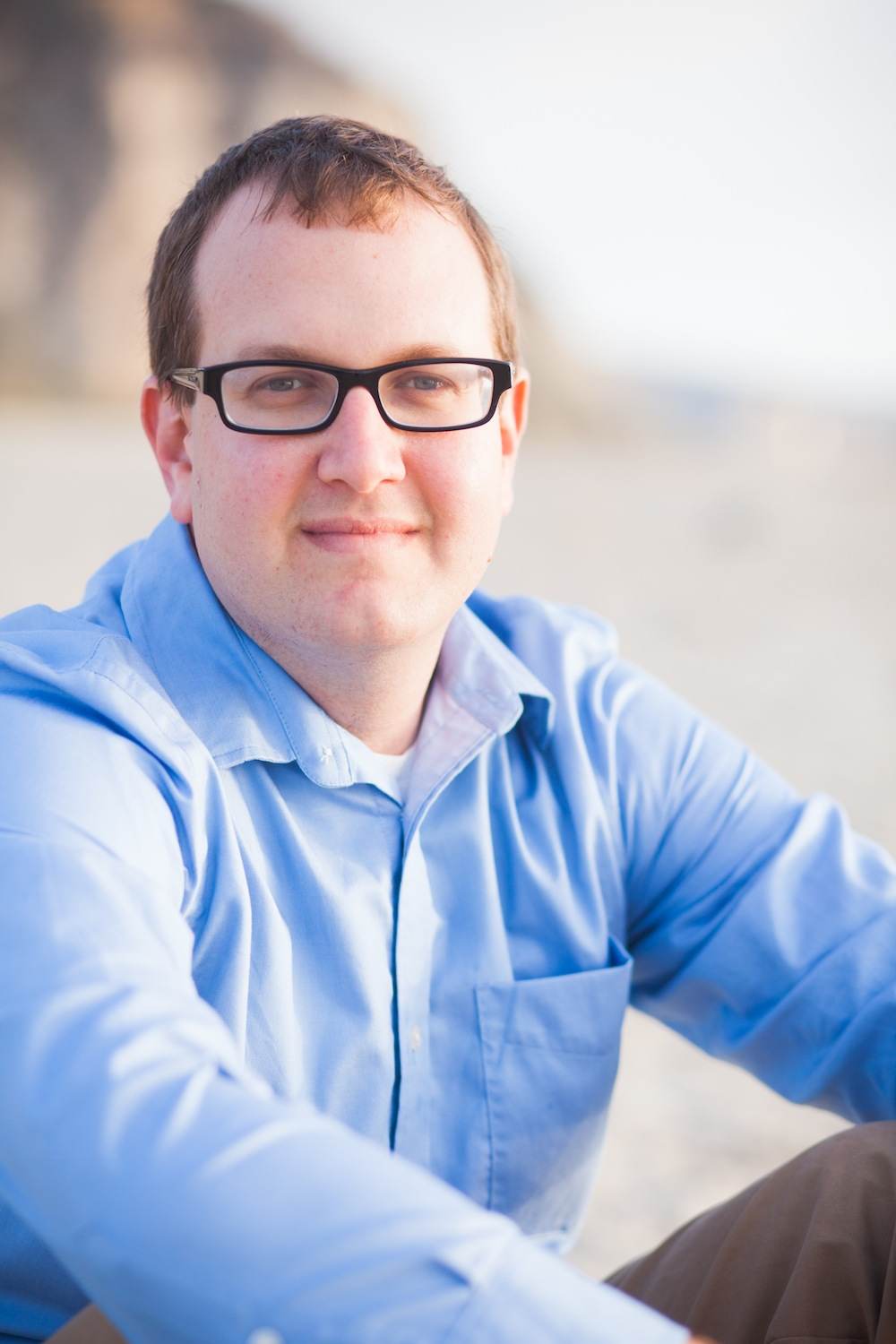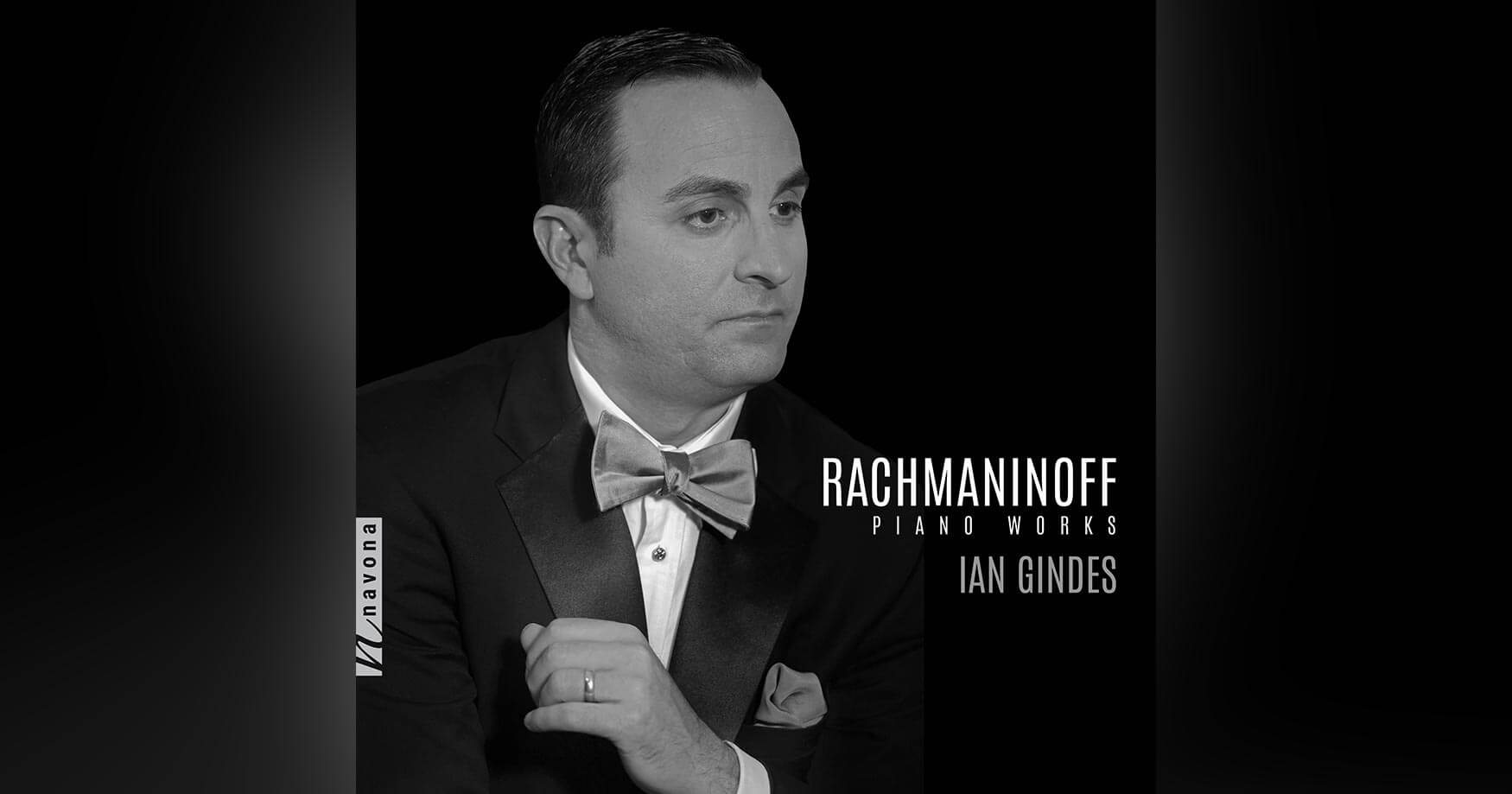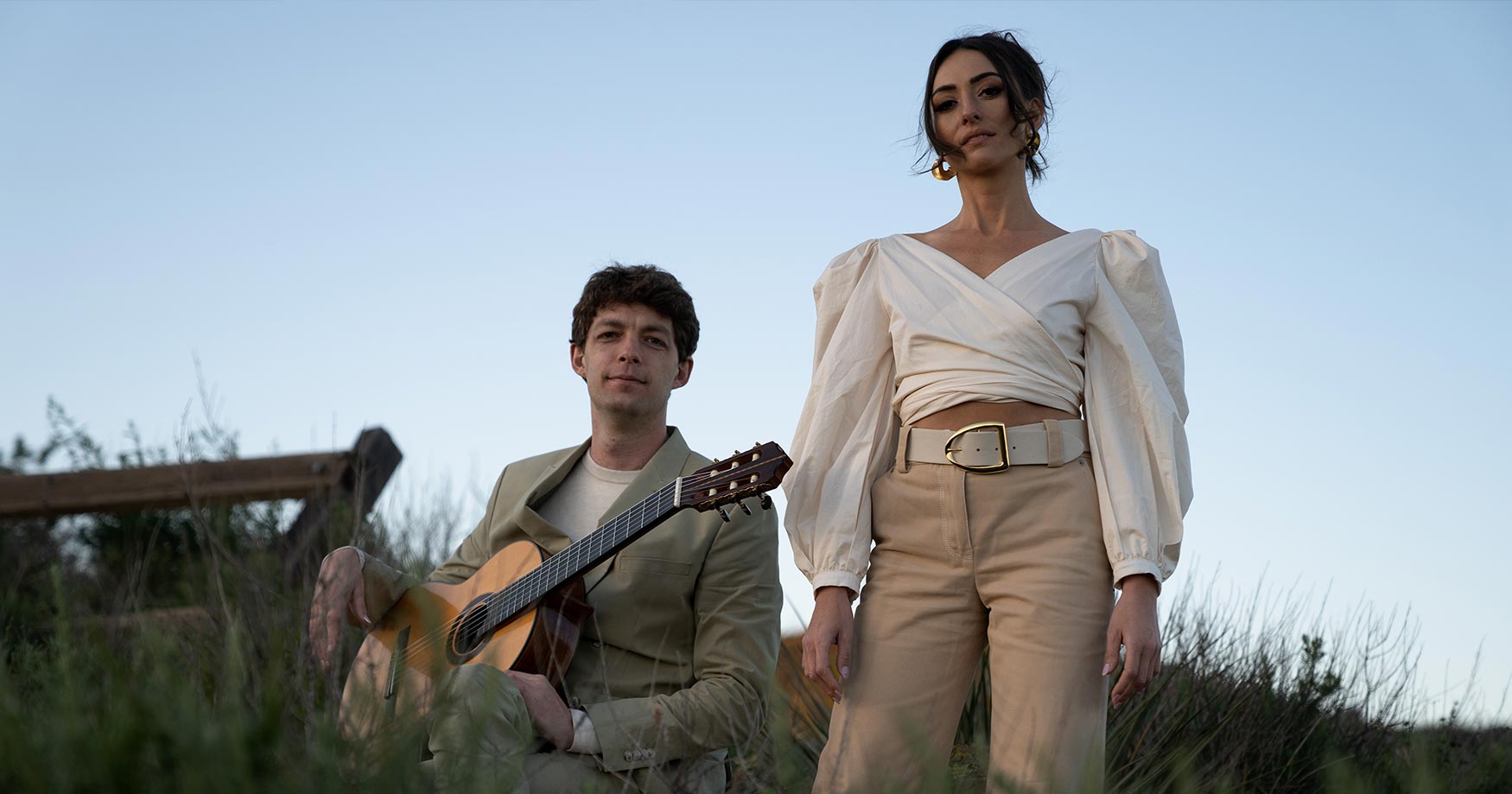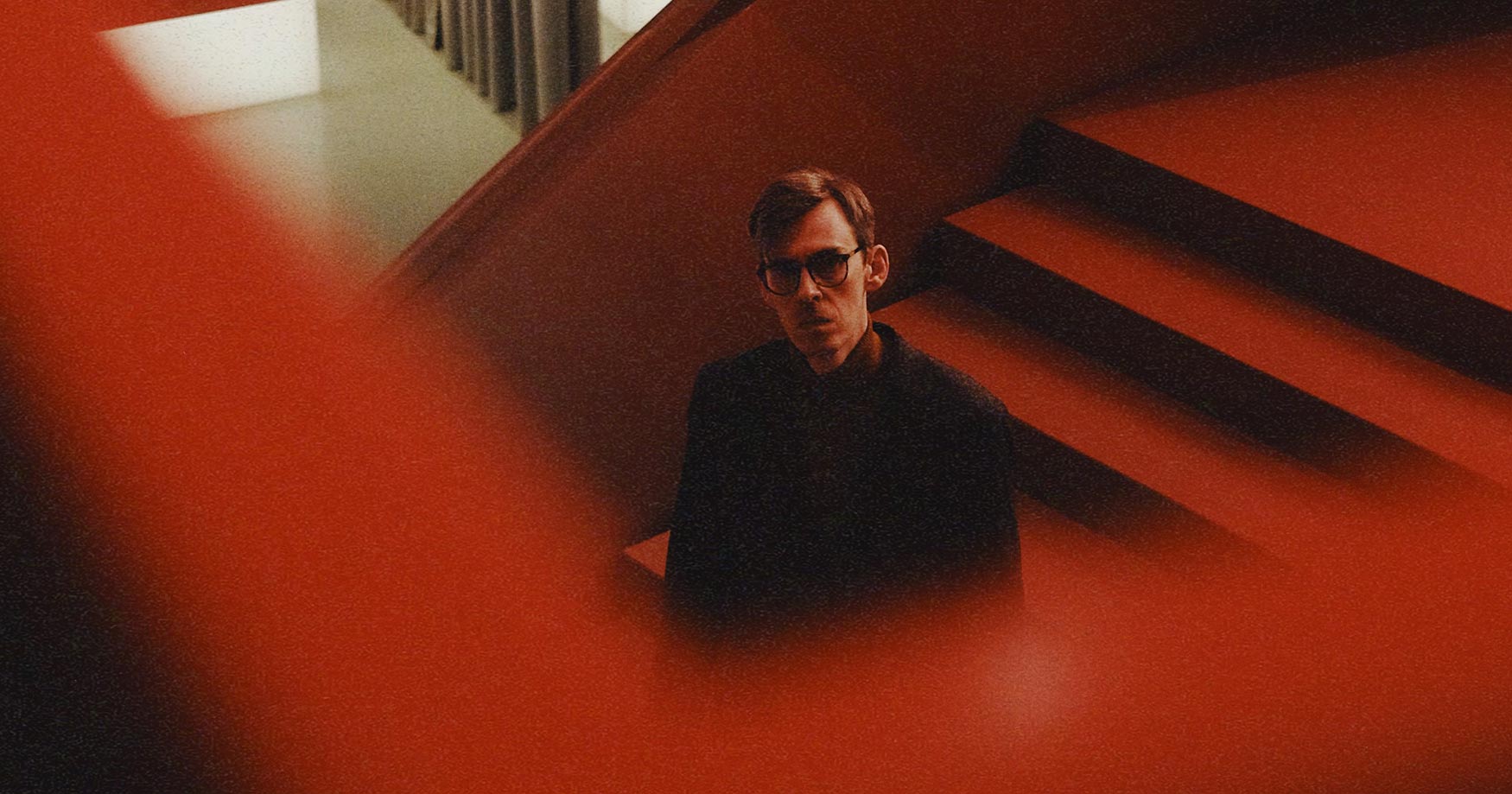Drawing inspiration from history as well as the future, Steven Kemper has released his newest album MYTHICAL SPACES through Ravello Records. The album showcases his unique blend of classical composition and cutting edge technology.
Today, Steven is our next featured artist in “The Inside Story,” a blog series exploring the inner workings and personalities of our artists. Read on to hear about Steven’s band of instrument playing robots…
When did you realize that you wanted to be an artist/composer/creator?
Growing up I didn’t consider myself a creative person. I became interested in music relatively late, beginning to study guitar in the ninth grade. In high school I took lessons and studied music theory at the Peabody Preparatory program in Baltimore. Since I didn’t play an orchestral instrument or piano, and hadn’t been studying my instrument from a young age, I felt like an outsider in the world of classical music. At the time composition seemed to be about mastering the craft of part writing, counterpoint, and orchestration—skills which I was only beginning to develop.
At Bowdoin College I was fortunate to study with the composer Elliott Schwartz. He taught a course called “Composing and Improvising a Dialogue,” where we studied experimental forms of composition from the mid-late 20th century. All of the students in the class were required to both perform and compose. My first piece was a set of text-based instructions to performers. I became fascinated by the idea of music composition as experimental and conceptual art, where ideas about sound and time were freed from their historical conventions. Though I have spent many years since college honing my compositional craft, my music still draws upon these experimental and conceptual roots.
What was your most unusual performance?
One of my most bizarre performance experiences came when the robotic instrument collective I co-founded, Expressive Machines Musical Instruments (EMMI), was invited to perform at a cocktail reception for a regional meeting of the American Choral Directors Association. Perhaps unsurprisingly, musicians gathering together to share the beauty of music that is un-mediated by technology weren’t particularly interested in musical robots or our experimental, live-coding performance. Despite the lackluster reception we still managed to enjoy ourselves, developing musical ideas that we have used in several performances since.
If you could spend creative time anywhere in the world, where would it be?
Perhaps it’s because I’m a Taurus, but I’ve always loved spending time in the mountains. In 2017 I was fortunate to attend the Banff Center as an artist in residence where my studio was a hut in the woods with views of the surrounding mountains. The remoteness of the area freed me from distraction and allowed me to focus my creative energies on composition. Something about the magnitude of the peaks, as well as distant views into the valleys, was extremely inspirational. I also got to enjoy taking breaks from my work to hike and explore. I hope to return soon!
What was your favorite musical moment on the album?
One of my favorite musical moments on the album is in the final movement of MYTHICAL SPACES. Unlike the other four movements, which are evocative of natural locations (earth, water, forests, and mountains), Temple is the only one focused on a human-made location. It explores the metallic sounds of an amplified metal bowl and glockenspiel. At the end of the movement, an accelerating rapid motive played on the glockenspiel ascends from the lowest to the highest range of the instrument, representing the role of temples as providing a connection between the physical world and the heavens. I love how the rapidly played notes accentuate the inharmonic frequencies produced by the metal bars of the glockenspiel. I also enjoy the rhythmic intensity of this moment as an ending for the entire piece.
Was there a piece on your album that you found more difficult to compose/perform than the others?
From composing to recording, the most challenging piece on MYTHICAL SPACES was In Illo Tempore. The title of the piece comes from Mircea Eliade’s use of the term “In Illo Tempore” to describe the time before history when mythical events occurred. For a piece that would explore the concept of “mythical time” I liked this term as a title. I then discovered a Monteverdi Mass of the same name, which I decided to reference. My goal was to create a piece that explored mythical time by juxtaposing the future (robots) and the past (Monteverdi). From a compositional perspective it was challenging to incorporate this combination of old and new, while at the same time blending the sounds of the saxophone and bassoon with EMMI’s robotic instruments AMI (Automated Monochord Instrument) and CARI (Cylindrical Aerophone Robotic Instrument).
The recording and mixing process was also challenging. Due to the fact that the robotic and human performers were located in different states, I ended up recording them separately and combining them in the mix. Timbral blending, which is an important part of this piece, took a great deal of effort to achieve, but I’m happy with the results.
Is there a specific feeling you want listeners to tune into when hearing your work?
I want listeners to focus on the complexity of the acoustic and electronic sounds in my music, as well as how these sounds unfold over time. One of the things I enjoy the most about music is its ability to alter our perception of time. While there are moments of traditionally metered music and rhythmic intensity on MYTHICAL SPACES, there is also a lot of unmetered time, which is intended to be meditative and take the listener out of the temporal experience of minutes and seconds.
MYTHICAL SPACES is now available through Ravello Records for streaming on purchase. Click here to explore this new album.



